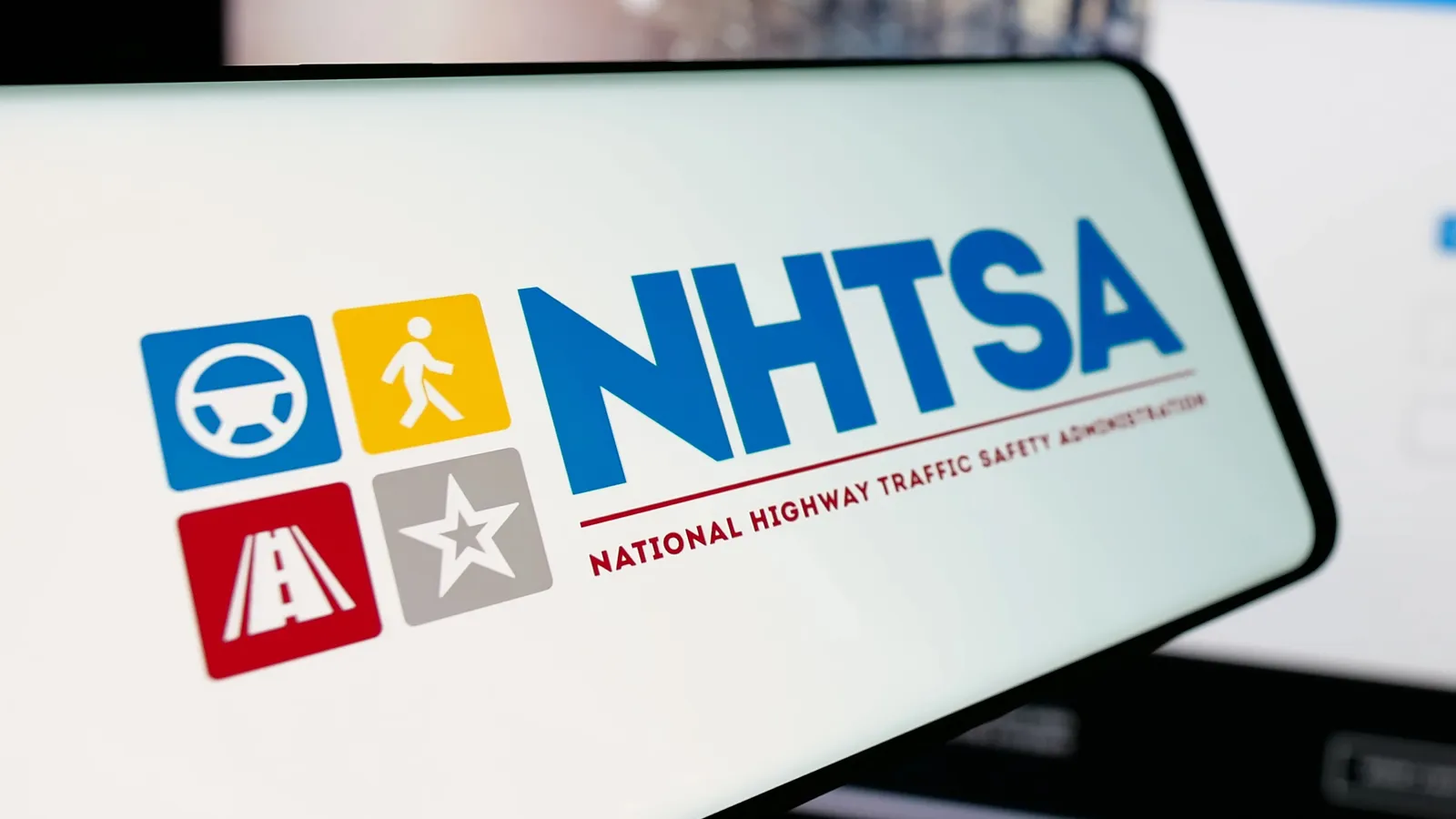
NHTSA launches investigation into Polestar 2 rearview camera problems
The National Highway Traffic Safety Administration (NHTSA) has opened a recall investigation into more than 27,000 Polestar 2 electric vehicles. The investigation focuses on rearview camera failures, a critical safety feature.
These issues can affect driver visibility when reversing, raising safety concerns. The probe follows earlier complaints and recalls addressing the same camera defect, prompting renewed federal scrutiny.
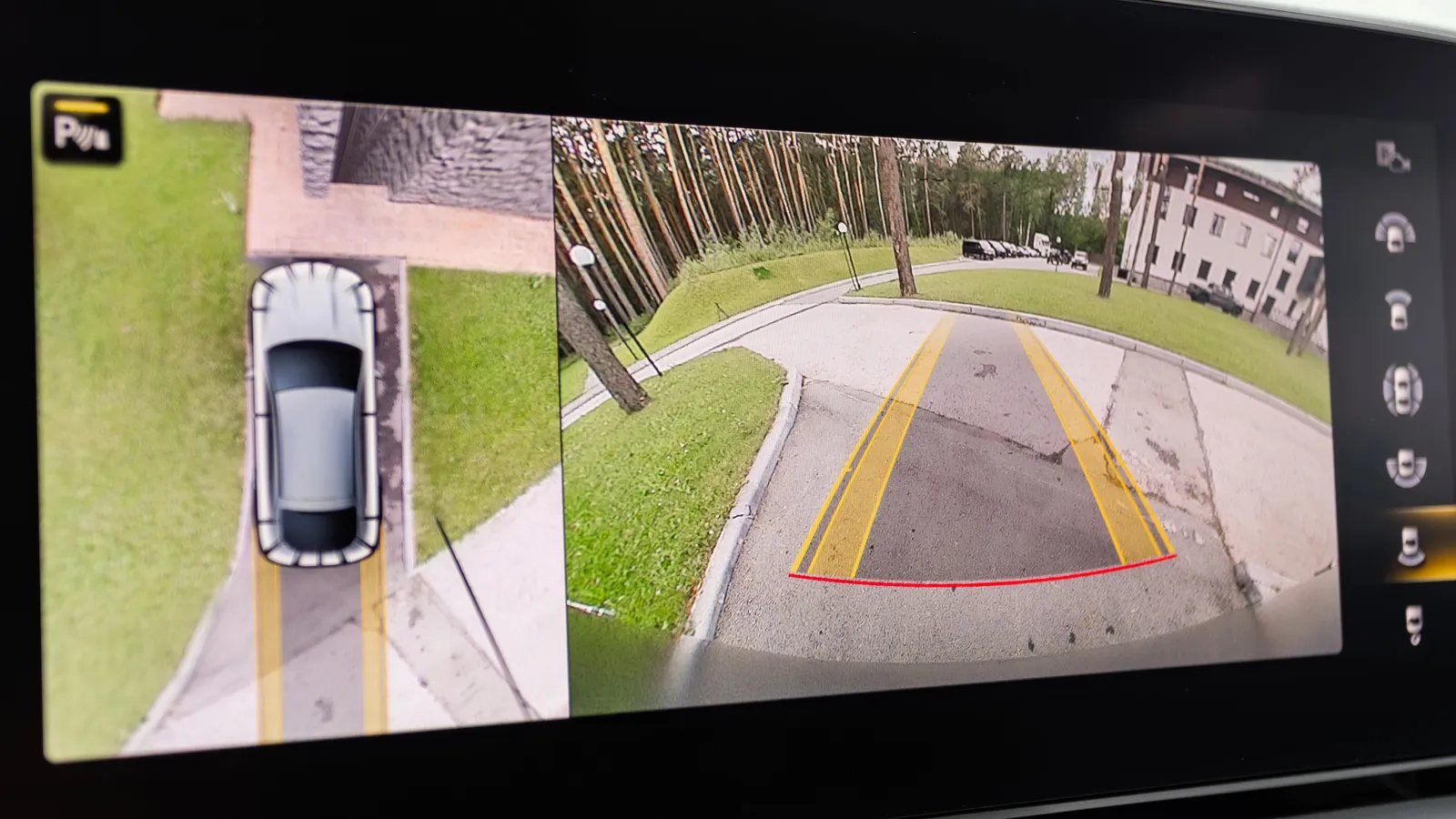
Rearview camera failure poses serious safety risks for drivers
Polestar 2 owners have reported persistent problems with the rearview camera system failing to display correctly on the infotainment screen. This defect compromises safe backing and parking maneuvers, increasing the risk of accidents.
Despite attempts to fix the problem via software updates, many owners continue to experience failures, highlighting the defect’s severity and the need for effective corrective action.
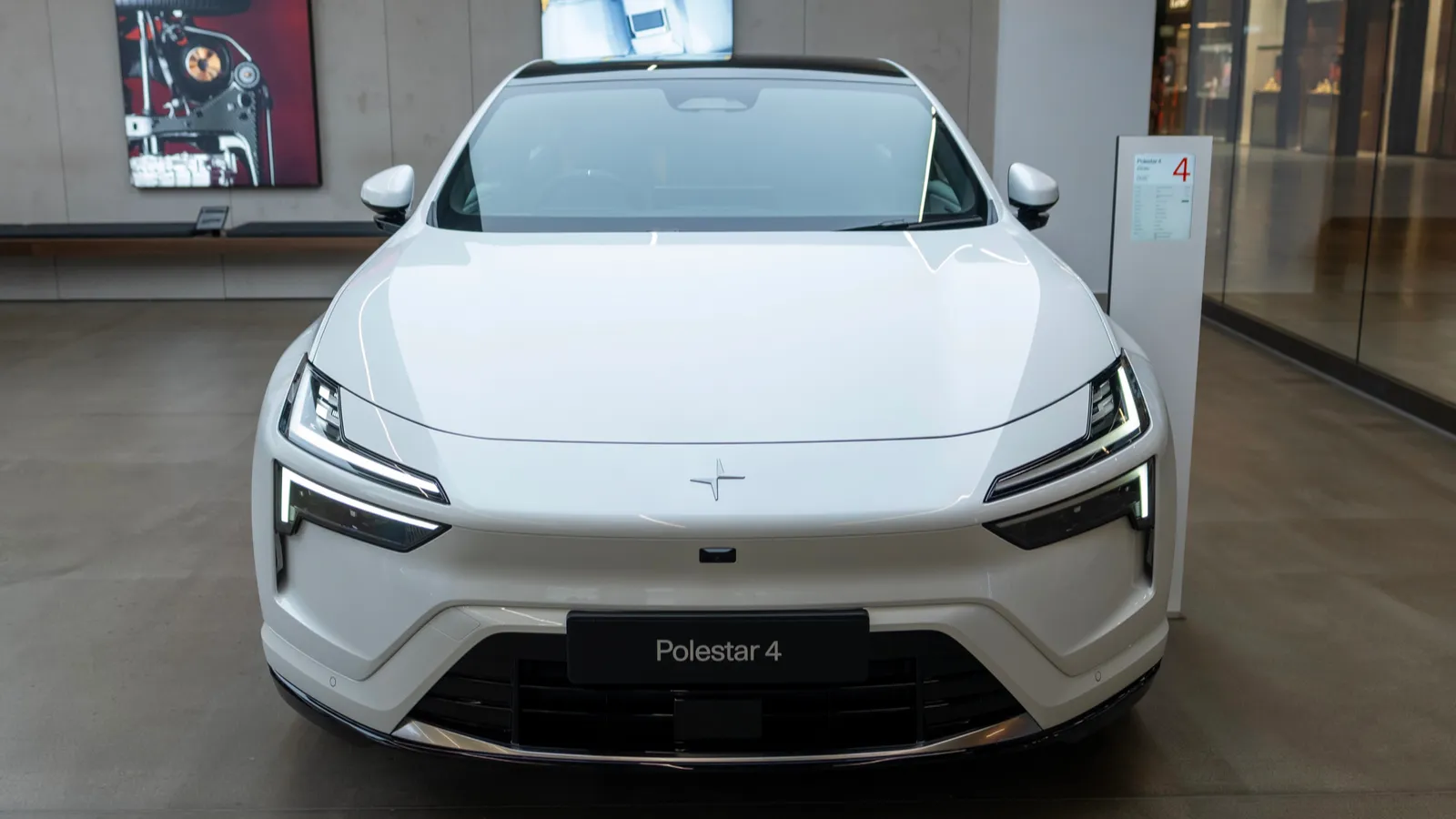
Initial recall addressed 25,000 vehicles from 2021 to 2025
The first recall, initiated in June 2024, covered over 25,000 Polestar 2 vehicles manufactured between July 2020 and January 2024. The recall targeted the infotainment system’s failure to display the rearview camera feed.
Polestar issued an over-the-air software update to address the problem, but its effectiveness has been questioned due to ongoing complaints from affected vehicle owners.

The over-the-air software update fails to resolve the issues fully
Polestar’s over-the-air software update version 3.6.4 aimed to reduce rearview camera stream retry times and turn off conflicting map displays while reversing.
Despite this effort, more than 100 owners have reported continued camera failures. This ongoing problem has led the NHTSA to reopen its investigation, emphasizing the update’s insufficiency in completely correcting the defect.
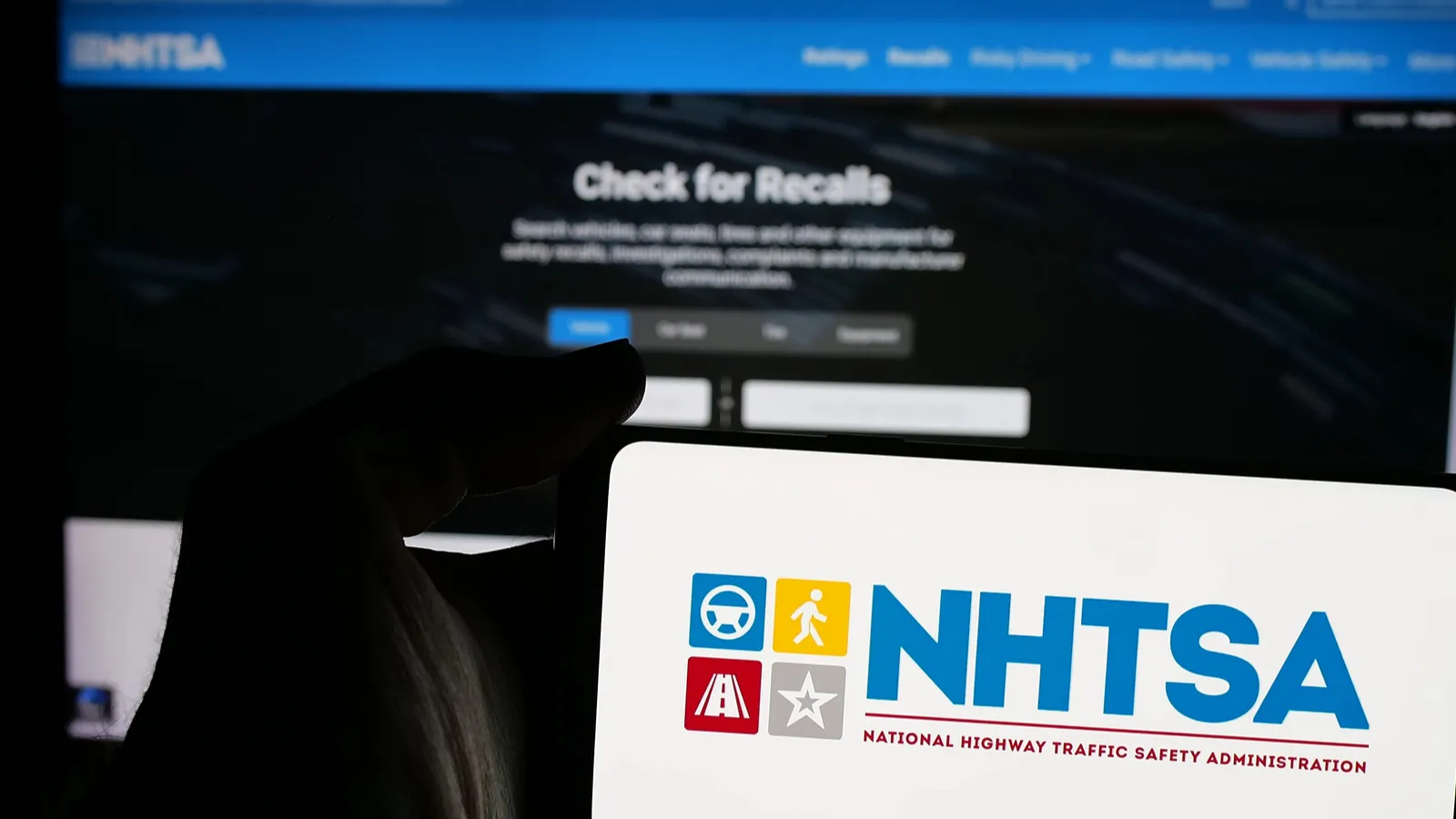
NHTSA reopens investigation to evaluate corrective measures
In July 2025, the NHTSA’s Office of Defects Investigation reopened the case under Recall Query RQ25004. The agency is reviewing whether Polestar’s software update adequately remedies the rearview camera defect or if further recalls, including hardware fixes, are necessary.
This federal oversight seeks to ensure vehicle safety and compliance with regulatory standards.
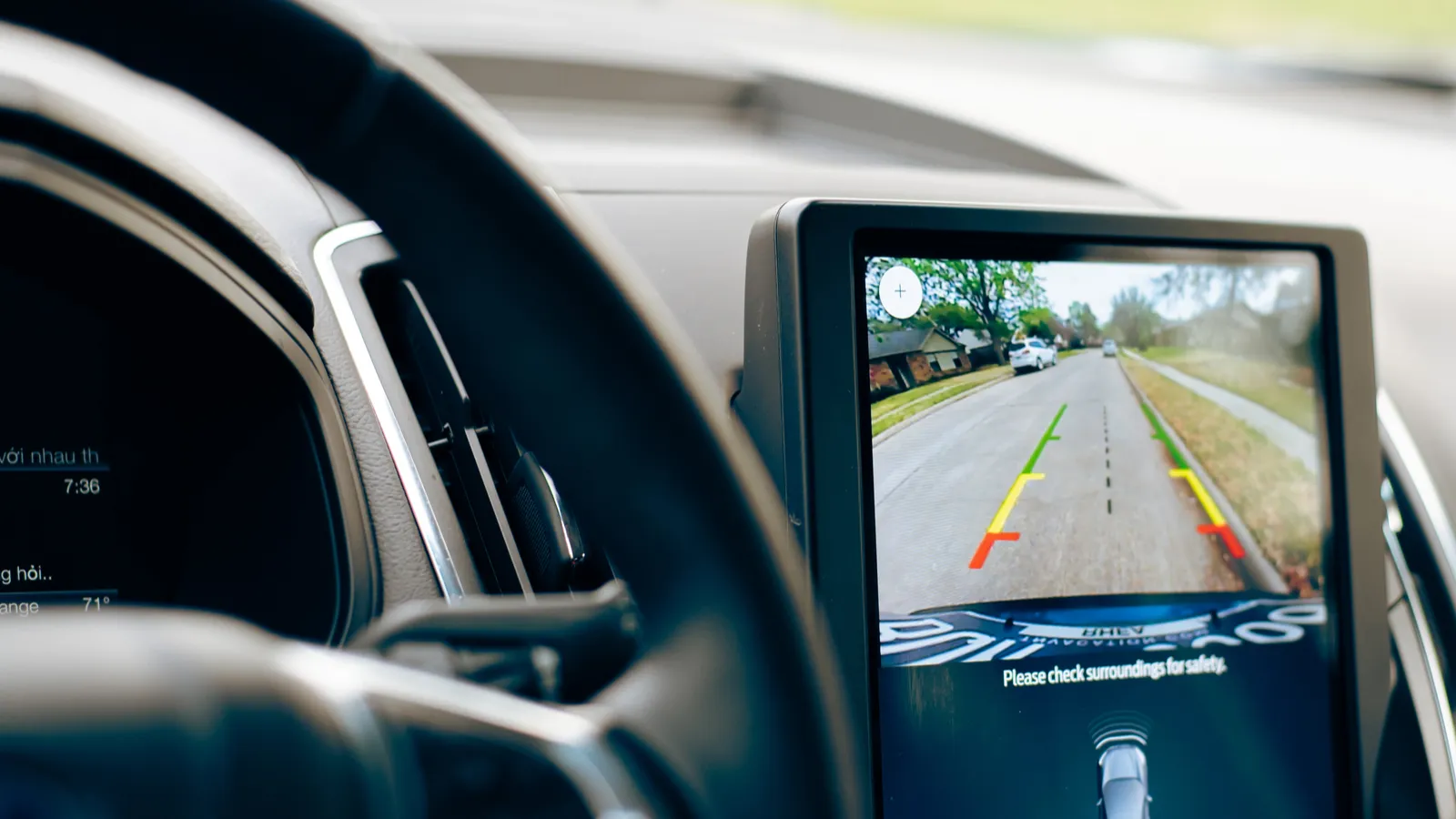
Importance of rearview cameras in modern vehicle safety
Rearview cameras have become essential safety features, improving rear visibility and reducing backup collisions. Since their federal mandate in 2018, these cameras have helped drivers detect pedestrians, obstacles, and other vehicles behind them.
Polestar’s camera malfunction threatens this critical function, underscoring why regulators and consumers demand prompt and effective fixes.

How can affected Polestar owners respond
Owners of impacted Polestar 2 vehicles should stay alert for manufacturer communications regarding the investigation and possible remedies. Reporting ongoing rearview camera issues to Polestar and NHTSA helps authorities monitor the problem’s scope.
Additionally, affected drivers should use extra caution when reversing until the defect is resolved to ensure their safety and others on the road.

Polestar’s commitment to safety amid the investigation
Polestar acknowledged the rearview camera issue and committed to working with NHTSA to find a lasting solution. The automaker emphasizes ongoing efforts to improve software and hardware as needed.
This cooperation with federal regulators aims to restore consumer confidence and maintain high safety standards for all Polestar EV owners.
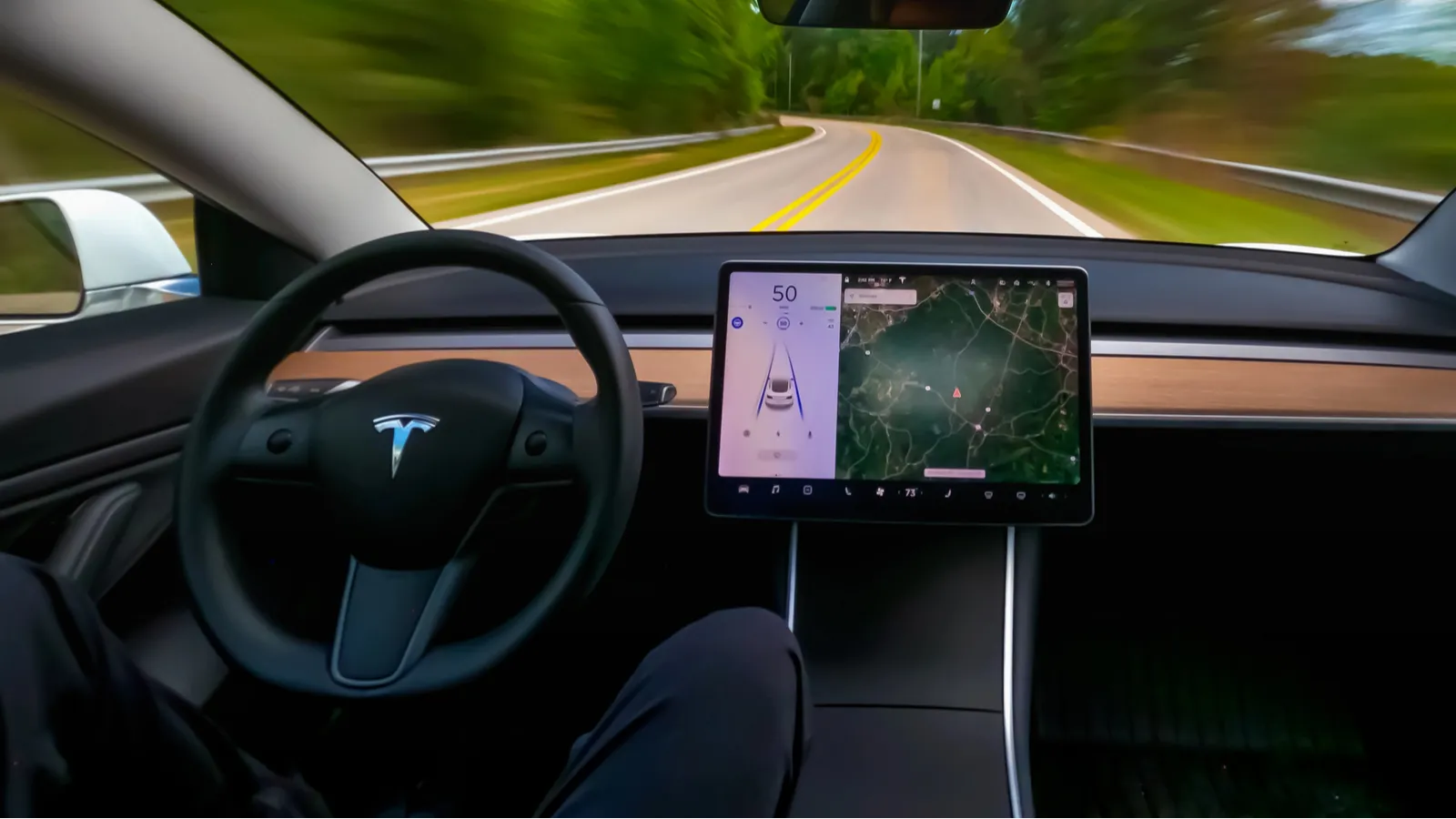
Broader implications for the EV industry
The Polestar recall investigation highlights challenges automakers face with emerging EV technologies, particularly software-dependent features. As vehicles become increasingly connected, software glitches can significantly impact safety.
This case serves as a reminder that robust testing and prompt defect management are vital to EV manufacturers’ reputations and consumer trust.
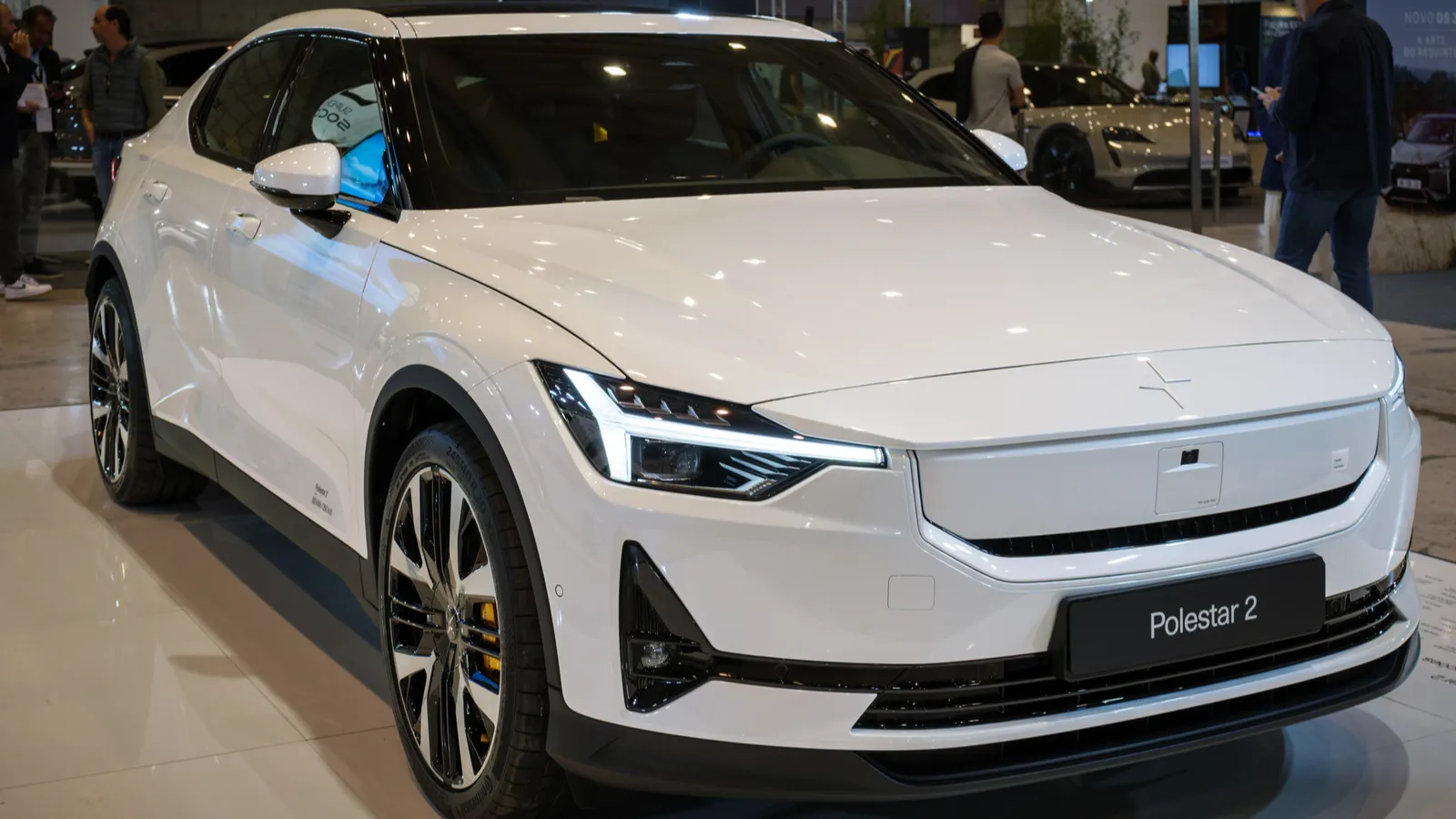
Federal regulators increase scrutiny on EV safety features
NHTSA’s action against Polestar reflects growing federal focus on EV safety, especially as electric vehicles gain market share. The agency’s vigilance in investigating and recalling vehicles with critical defects ensures consumer protection.
This heightened scrutiny may lead to stricter oversight of EV software and hardware systems in the future.
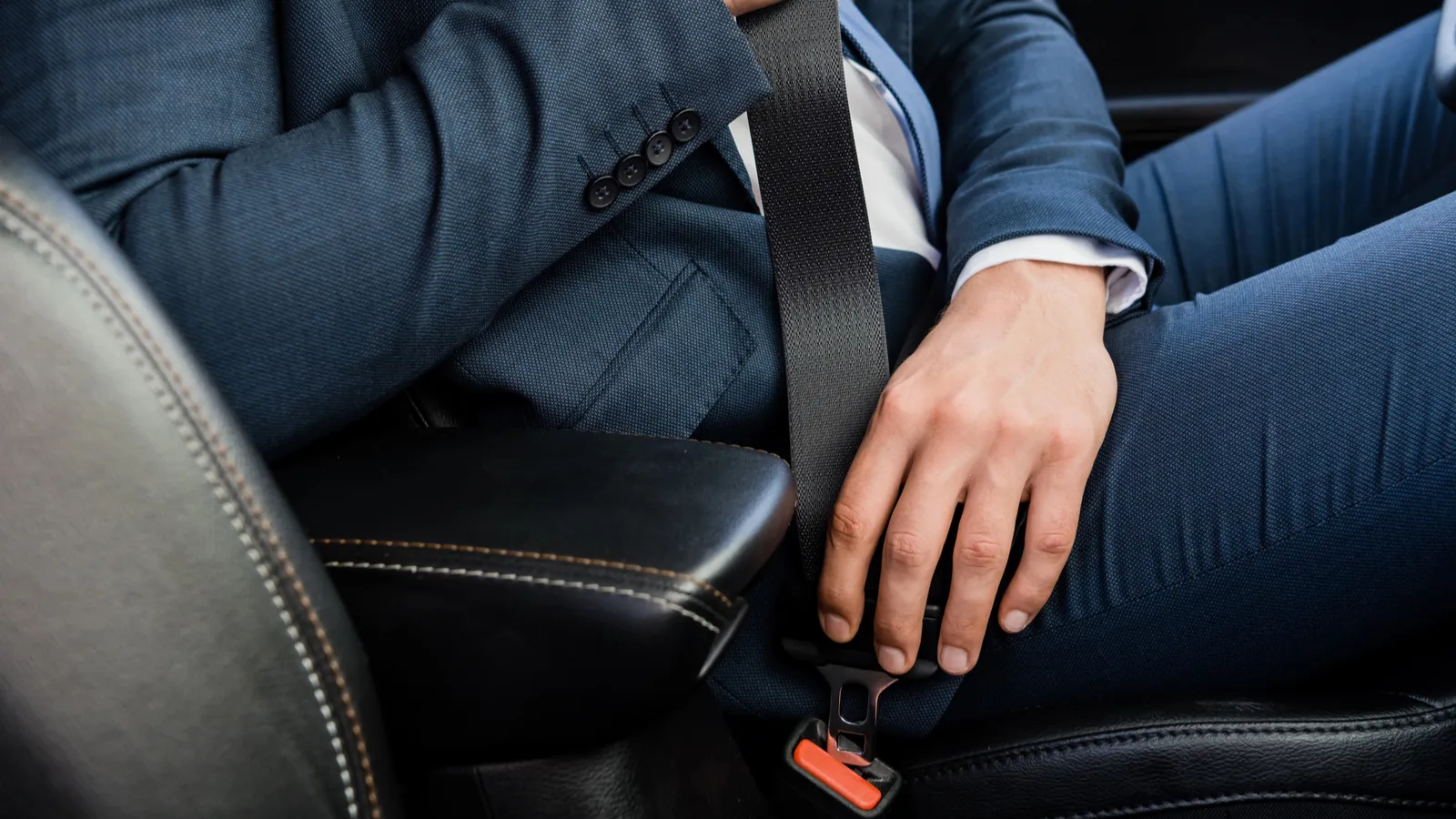
Consumer safety remains a top priority amid tech challenges
Despite rapid EV innovation, safety cannot be compromised. The Polestar rearview camera case underscores the importance of prioritizing consumer protection over speed to market.
Automakers must balance introducing new technologies with rigorous quality assurance to avoid safety risks that can damage their brand and endanger drivers.

Software updates: helpful but sometimes insufficient
Over-the-air software updates allow automakers to fix issues remotely, reducing recall costs and inconvenience. However, as the Polestar case shows, software fixes may not always resolve hardware or systemic problems.
When software patches fall short, physical recalls and repairs remain necessary to ensure vehicle safety and compliance.
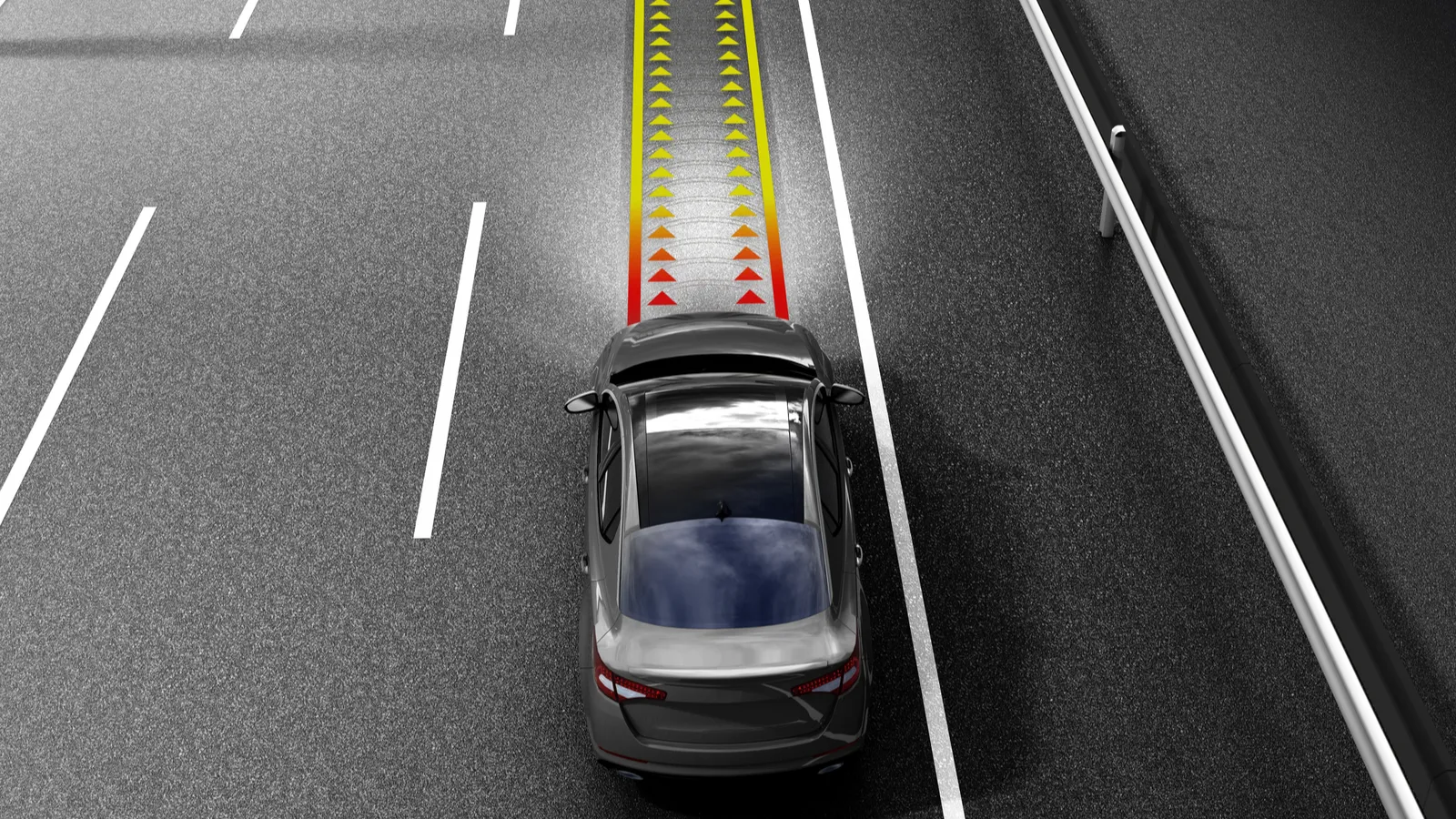
Industry trend toward digital vehicle components increases risks
Modern vehicles increasingly rely on complex software and digital interfaces, raising the potential for glitches affecting safety-critical systems.
The Polestar investigation illustrates how infotainment or camera software failures can create significant hazards. Automakers and regulators must adapt testing and monitoring to address these evolving risks in the digital automotive era.
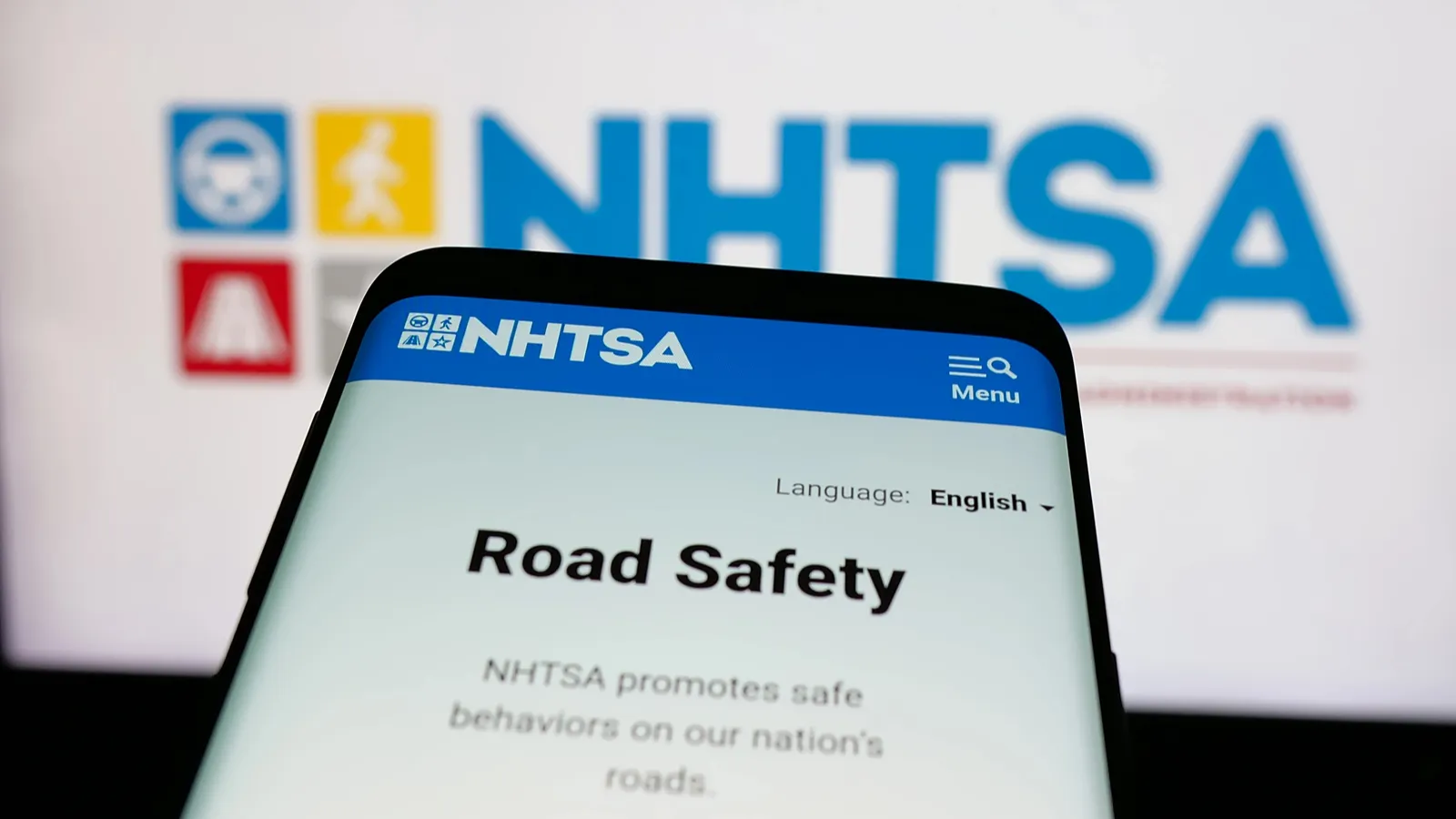
What consumers should know about recalls and safety notices
Vehicle recalls are essential mechanisms to address defects and protect public safety. Consumers should promptly respond to recall notices, seek repairs, and report issues to NHTSA.
Staying informed about their vehicle’s safety status helps drivers avoid hazards and ensures timely fixes for defects like Polestar’s rearview camera failure.
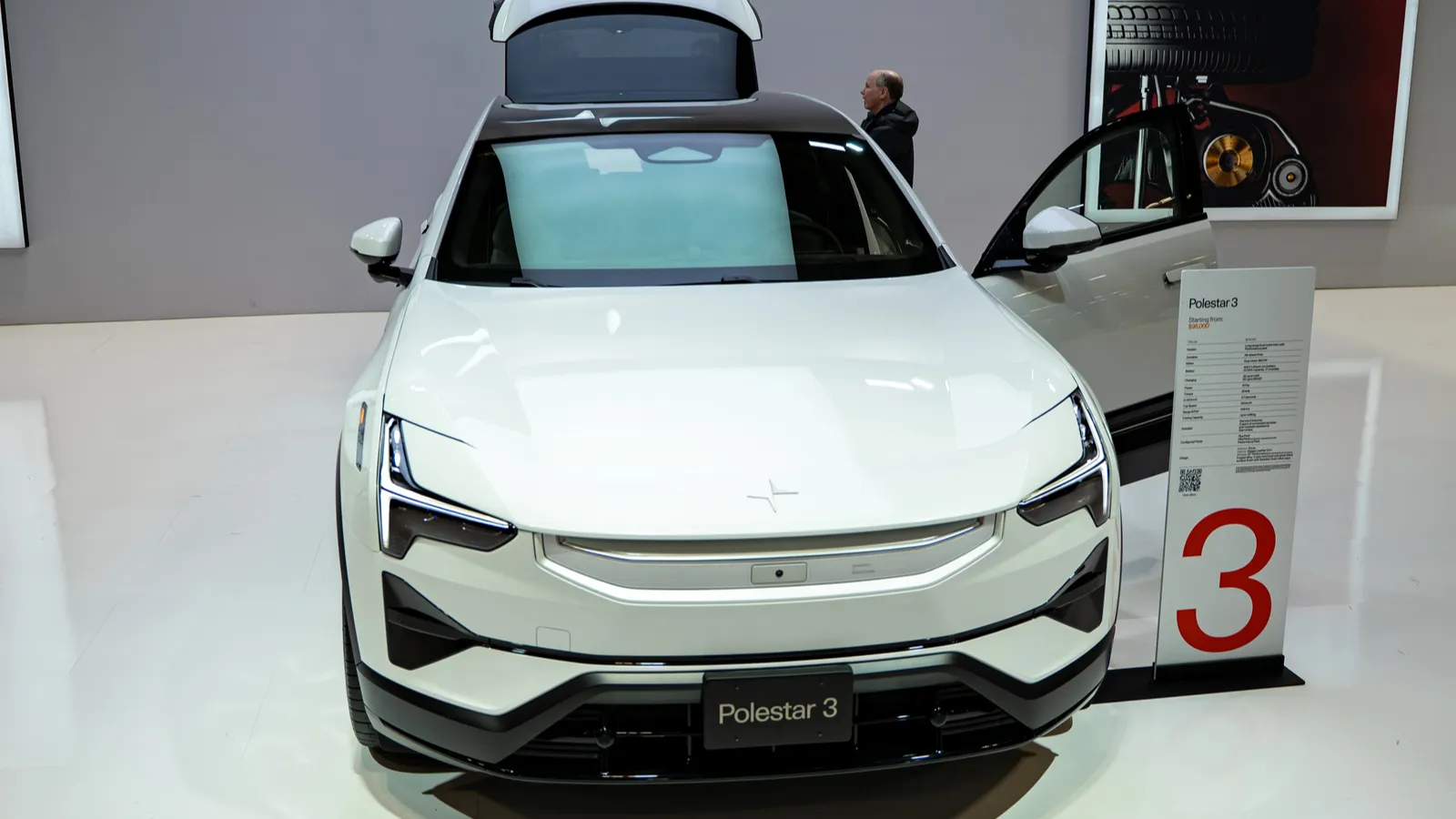
Polestar’s challenges underscore the EV market’s growing pains
As a relatively new player in the electric vehicle market, Polestar faces typical growing pains related to technology and quality control.
While the brand focuses on innovation, this recall investigation highlights the challenges in delivering flawless software and hardware integration. Addressing these issues transparently is critical to Polestar’s long-term success.
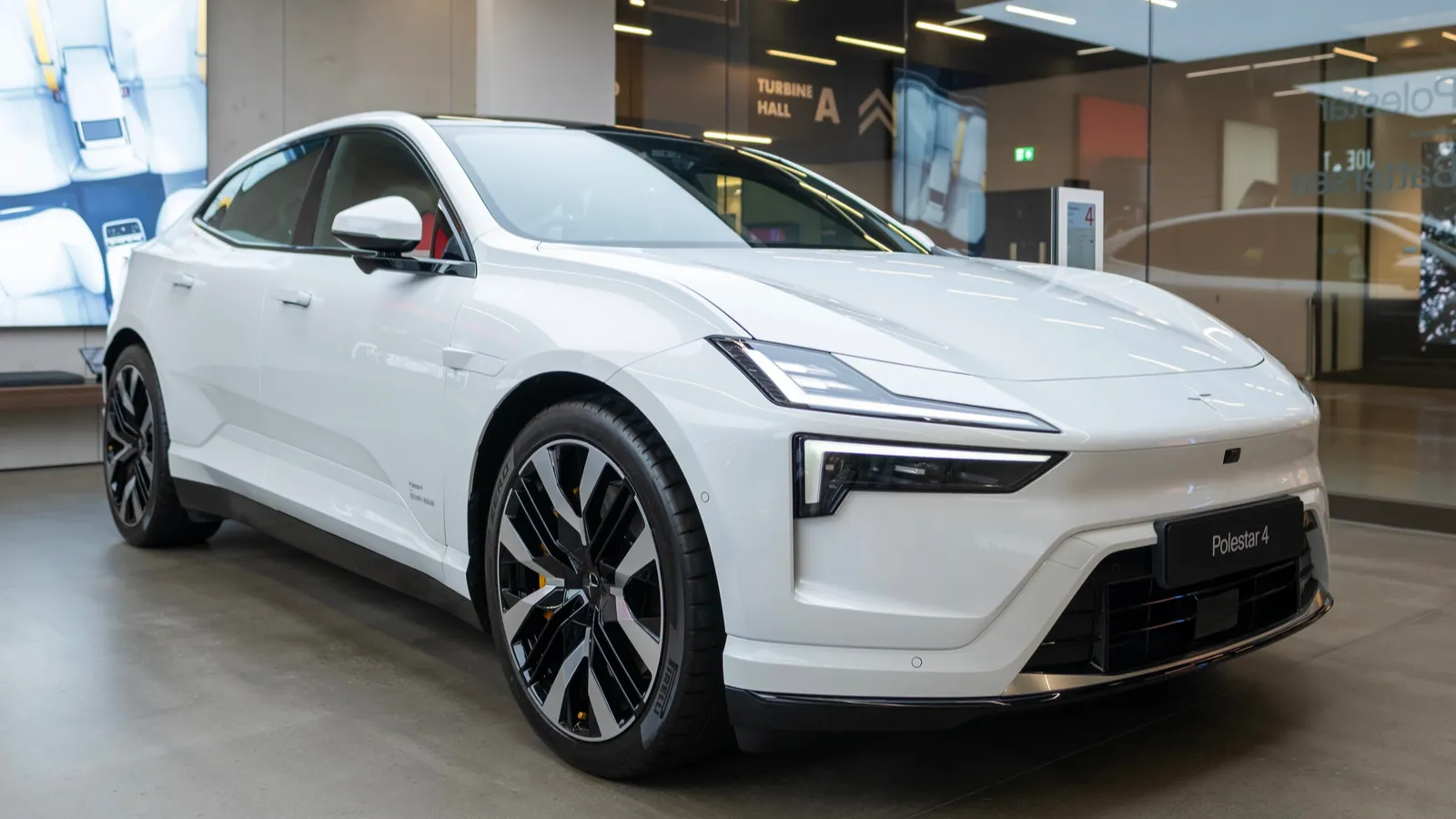
The road ahead: ensuring EV safety and reliability
The NHTSA investigation into Polestar’s rearview camera issues is vital to safeguarding EV safety. Continued collaboration between manufacturers, regulators, and consumers will help identify and fix emerging defects.
As EV adoption accelerates, ensuring dependable safety features remains paramount to protecting drivers and fostering trust in electric vehicle technology.
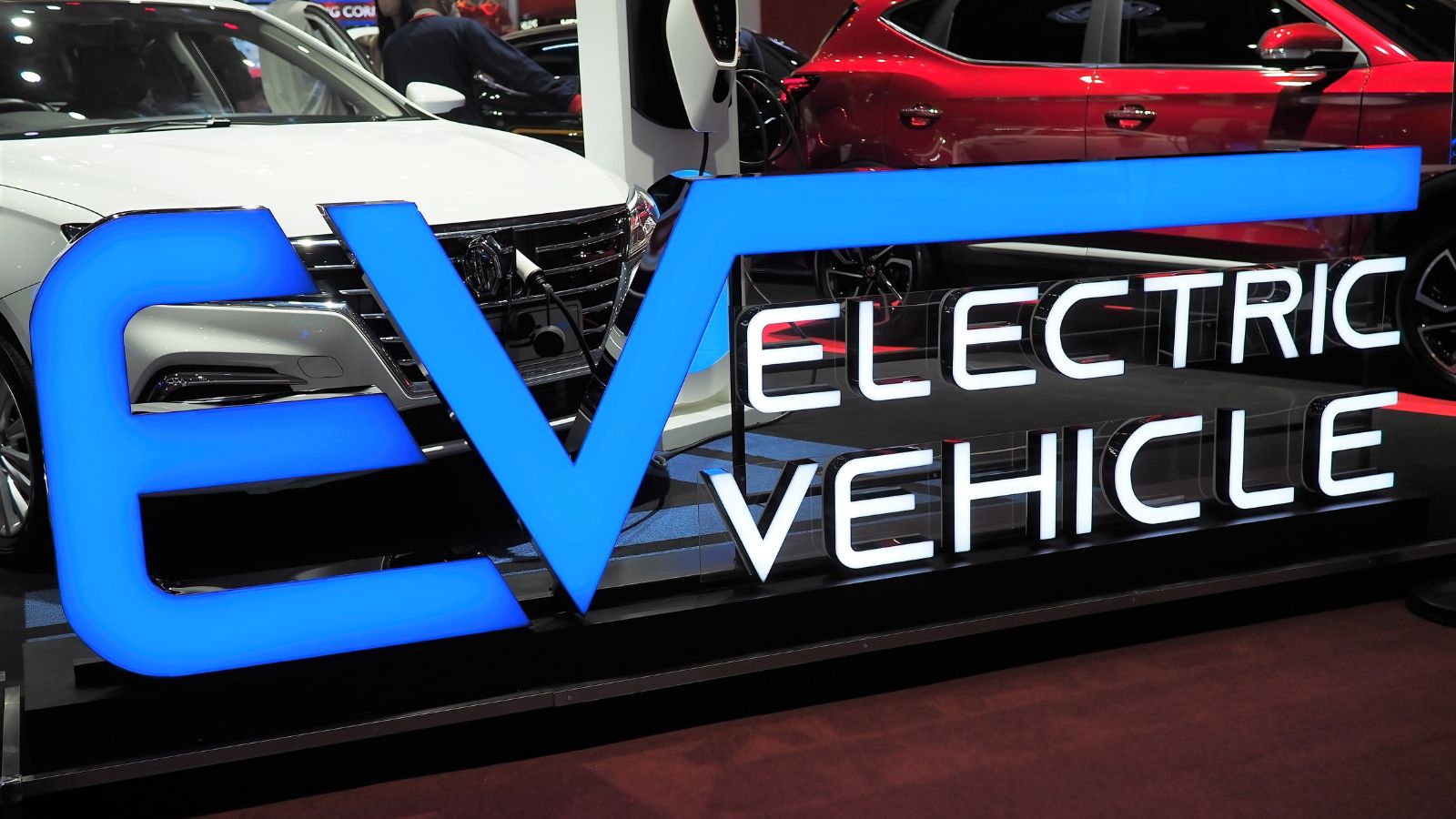
Staying vigilant as EV technology evolves
Consumers and regulators must remain vigilant as electric vehicles integrate more advanced technology. The Polestar case is a cautionary tale about the complexities of software-dependent systems.
By maintaining strong safety oversight and encouraging prompt defect resolution, the automotive industry can successfully navigate the challenges of EV innovation.
